Thailand is home to a fascinating array of spider species. These creatures, often misunderstood and feared, play a crucial role in the country’s ecosystems. For foreigners residing in Thailand, understanding the local spider population is not just about safety, but also about developing an appreciation for these often overlooked members of the natural world.
As a foreigner in Thailand, encountering spiders can be a common experience, whether in rural areas or urban settings. Some of these spiders are unique to the region, presenting a variety of shapes, sizes, and behaviors. This guide aims to demystify spiders in Thailand, helping you to identify them and understand their habits. By doing so, we hope to foster a sense of respect and coexistence with these arachnids, integral to Thailand’s natural heritage.
KEY TAKEAWAYS
- Thailand’s diverse spider fauna includes both harmless and venomous species.
- Understanding spider behavior and habitats enhances safety and appreciation.
- Identifying venomous spiders is crucial for effective bite response and safety.
- Ethical spider management in homes balances coexistence and comfort.
- Spider conservation is essential for maintaining Thailand’s ecological balance.
- Diverse resources are available for further learning about Thai spiders.
Common Species of Spiders in Thailand
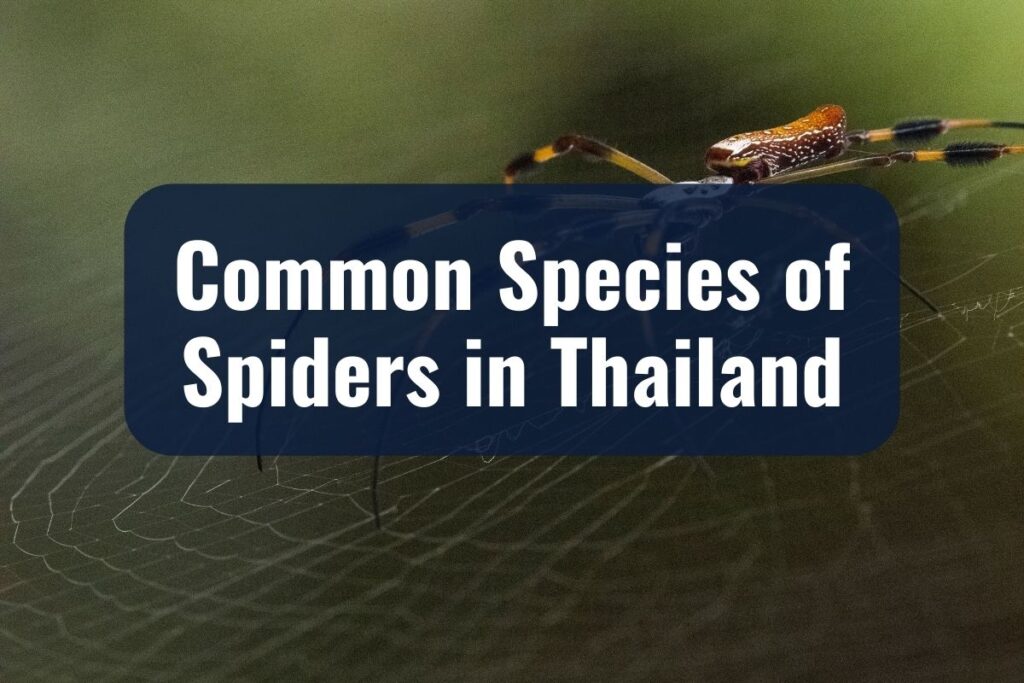
| Spider Species | Key Features | Habitat | Note on Interaction |
| Golden Orb Weaver | Large webs, yellow-black body | Forests, gardens | Harmless, impressive |
| Huntsman Spider | Large size, flat body | Homes, gardens | Harmless, nocturnal |
| Banana Spider | Dark body, red/orange markings | Banana plants | Venomous, avoid |
| Jumping Spider | Small, agile, large eyes | Plant leaves | Harmless, curious |
| Tarantula | Large, hairy | Forests | Harmless, less common |
| Green Lynx Spider | Bright green color | Gardens | Harmless, common |
Golden Orb Weaver (Nephila pilipes)
One of the most striking spiders you might encounter in Thailand is the Golden Orb Weaver, scientifically known as Nephila pilipes. These spiders are known for their impressive webs, which can span several feet in diameter. The females, significantly larger than the males, can be identified by their long, slender legs and a body that features a combination of black, yellow, and silvery hues. They are commonly found in forests and gardens, often constructing their large, golden-colored webs at eye level or higher.
Huntsman Spider (Heteropoda venatoria)
The Huntsman Spider, or Heteropoda venatoria, is another species that is widespread in Thailand. These spiders are known for their size, with some individuals spanning up to 15 centimeters in leg span. Despite their daunting appearance, Huntsman spiders are not considered dangerous to humans. They are typically brown or gray with flat bodies, which helps them squeeze into narrow spaces. Huntsman spiders do not build webs but are free-roaming hunters, often seen on walls and ceilings, hunting insects at night.
Banana Spider (Phoneutria)
While the term “Banana Spider” can refer to several species, in Thailand, it often denotes the Phoneutria genus. These spiders are notorious for their potent venom, which can be harmful to humans. They are typically found in areas with banana plants, hence their name. They have a distinctive appearance with a dark body and red or orange markings on their undersides. Caution is advised when encountering these spiders, and it’s essential to maintain a safe distance.
Other Notable Species
Thailand’s spider diversity includes many other species, each with unique characteristics. Some of these include:
Jumping Spiders (Family Salticidae): Small but agile, these spiders are known for their jumping ability and are often seen hunting insects on plant leaves.
Tarantulas (Family Theraphosidae): While not as common in urban areas, several tarantula species inhabit Thailand’s forests, recognizable by their large size and hairy bodies.
Green Lynx Spider (Peucetia viridans): Often found in gardens, these spiders are known for their bright green color and their tendency to pounce on their prey.
Understanding Spider Behavior
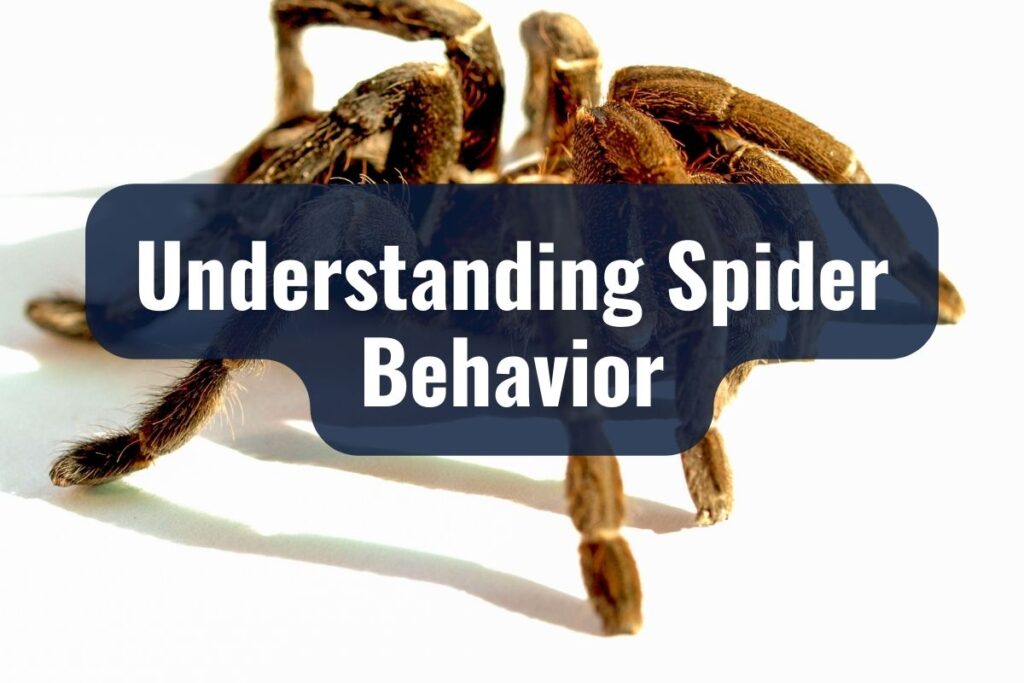
Web-Building vs. Wandering Species
Spiders exhibit a wide range of behaviors, with one of the most prominent distinctions being between web-building and wandering species. Web-building spiders, such as the Golden Orb Weaver, create intricate webs to catch their prey. These webs are often architectural marvels, strategically constructed in locations where insects are likely to pass. On the other hand, wandering spiders, like the Huntsman, roam in search of their prey. They rely on their agility and hunting skills rather than a web to capture food.
Seasonal Patterns: Activity Cycles of Spiders
The activity of spiders in Thailand can vary with the seasons. Many species are more visible and active during the rainy season when their prey is abundant. During this time, you might notice an increase in the number of webs around your living space. Conversely, in the dryer seasons, some spiders may seek shelter indoors, leading to more frequent encounters with these arachnids in your home. Understanding these seasonal patterns can help you anticipate and manage encounters with spiders throughout the year.
Safety and Precautions
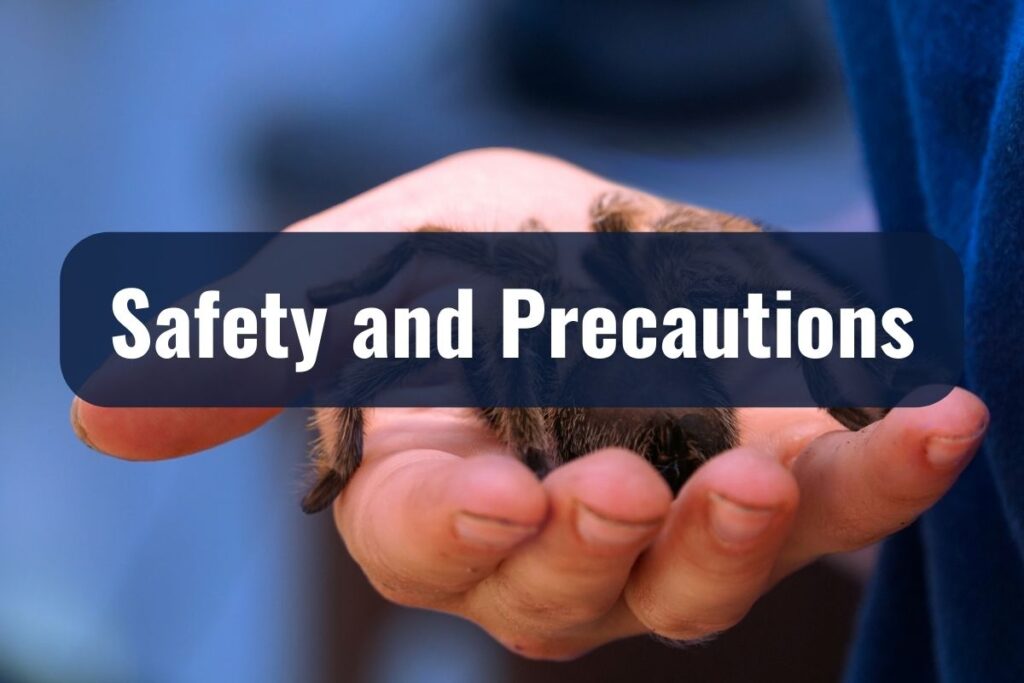
Identifying Venomous Spiders
While most spiders in Thailand are harmless to humans, it’s essential to be able to identify the few venomous species. Recognizing these spiders can help prevent unwanted bites. Key features to look out for include distinctive color patterns, body shapes, and behaviors. For example, the Banana Spider (Phoneutria) is known for its potent venom and can be identified by its dark body with red or orange markings. Familiarizing yourself with these characteristics can greatly enhance your safety.
First Aid Steps in Case of Spider Bites
In the rare event of a spider bite, knowing the appropriate first aid measures is crucial. For non-venomous spider bites, cleaning the wound with soap and water and applying a cold pack can reduce pain and swelling. In cases of suspected venomous bites, such as from a Banana Spider, it’s vital to seek medical attention immediately. Keeping the affected limb immobile and elevated can help slow the spread of venom.
Tips for Avoiding Unwanted Encounters with Spiders
To minimize encounters with spiders, consider the following tips:
- Regularly check and clean corners, under furniture, and behind curtains where spiders may hide.
- Use insect repellents and screens on windows and doors to deter spiders from entering your home.
- Be cautious when handling boxes, old clothes, or any materials that have been stored for a long time, as spiders may reside within.
- In outdoor settings, be mindful of your surroundings, especially when moving through areas with dense vegetation or when reaching into spaces where visibility is limited.
Related: Emergency Numbers in Thailand: What You Need To Know
Living with Spiders: Coexistence and Benefits
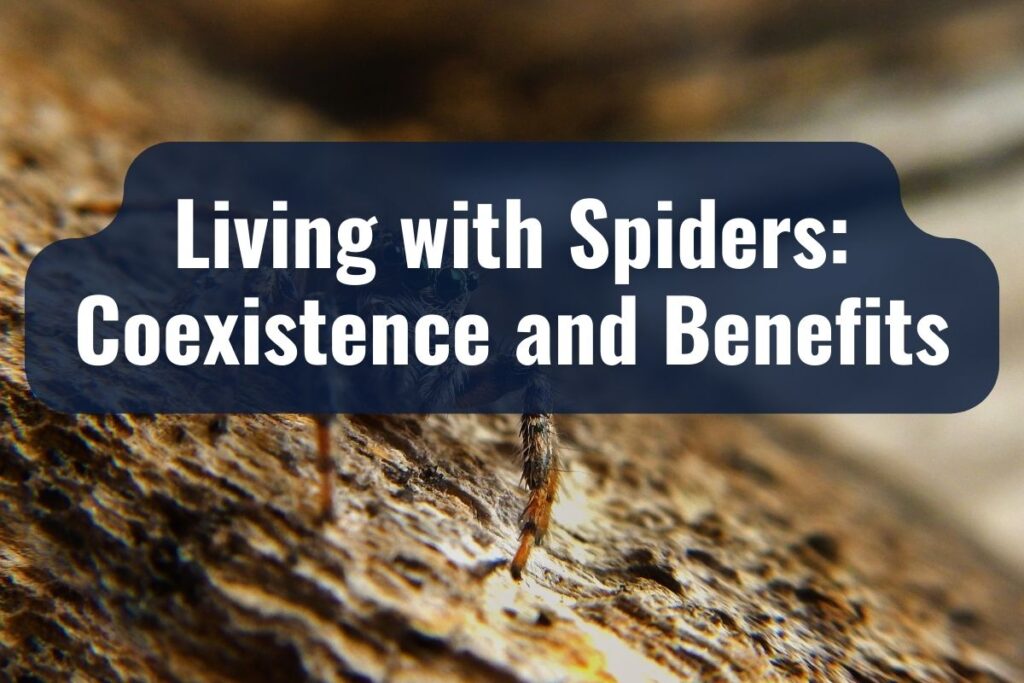
Role of Spiders in the Ecosystem
Spiders play a vital role in Thailand’s ecosystems. As natural predators, they help control the populations of insects, including pests that can damage crops and spread diseases. This biological pest control is crucial for maintaining the balance of nature. Understanding the ecological importance of spiders can help shift the perspective from fear to appreciation, recognizing these creatures as essential allies in our shared environment.
Ethical Ways to Manage Spiders in the Home
While coexisting with spiders is beneficial for the ecosystem, managing their presence in living spaces is often necessary. Here are some ethical and effective ways to do so:
- Gently relocate spiders found inside your home to an outdoor environment using a jar or a piece of paper.
- Maintain cleanliness in and around your home to reduce the insects that attract spiders.
- Seal cracks and crevices in walls and foundations to prevent spiders from entering.
- Use natural deterrents like peppermint oil or citrus peels, as these scents often repel spiders.
Spotlight on Conservation
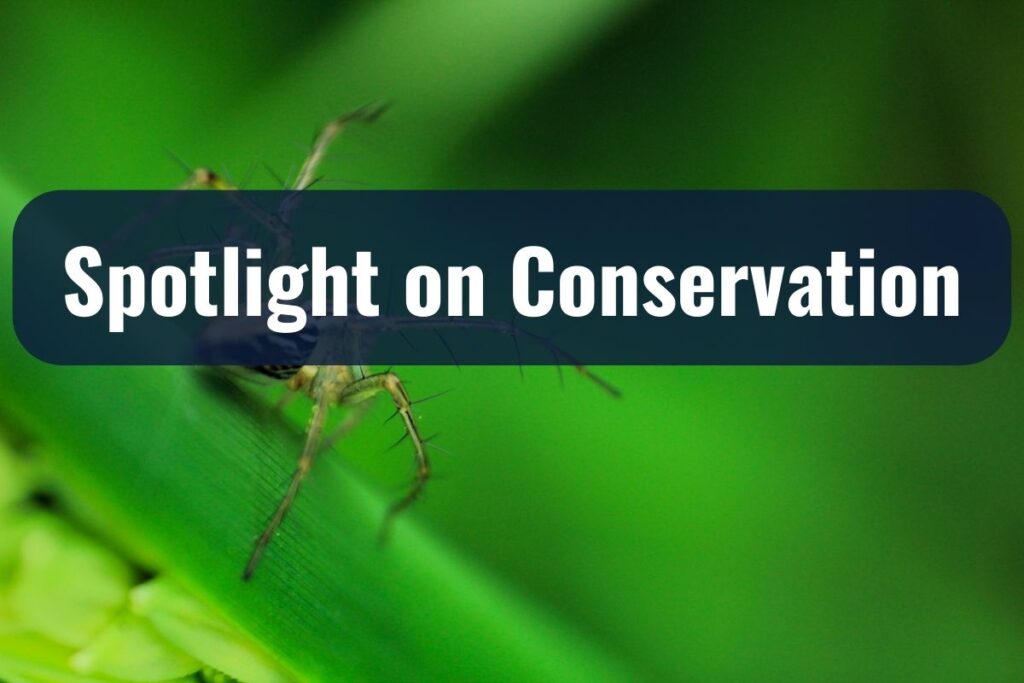
Threats to Spider Populations in Thailand
Thailand’s spiders face various threats that impact their survival and biodiversity. Habitat loss due to urbanization and deforestation is a significant challenge, as it reduces the natural spaces where spiders can thrive. Additionally, climate change poses a threat by altering the ecosystems and weather patterns that spiders depend on. Pesticide use in agriculture can also harm spider populations, directly through toxicity or indirectly by reducing their insect prey.
Efforts in Spider Conservation
Recognizing the importance of spiders in ecosystems, various conservation efforts are underway in Thailand. National parks and wildlife reserves play a critical role in protecting spider habitats. Research and monitoring programs help in understanding spider populations and their ecological roles, guiding conservation strategies. There’s also an increasing emphasis on sustainable agriculture practices that are less harmful to spiders and other beneficial organisms.
Additional Resources
- Thai National Parks Website: Offers detailed information on the wildlife of Thailand, including spiders. It’s a great resource for learning about the various species found in different parks and reserves.
- Biodiversity Research and Training Program: Provides scientific publications and research findings on Thailand’s biodiversity, including studies on spiders.
- ASEAN Biodiversity Information Sharing Service: An online portal that includes data and resources on the biodiversity of Southeast Asia, with specific sections on arachnids.
- The Biodiversity Conservation Network of Thailand: An organization dedicated to the conservation of Thailand’s natural resources, offering workshops and educational material on local wildlife, including spiders.
- Wildlife Conservation Society (WCS) Thailand: Engages in wildlife research and conservation efforts in the country, often conducting studies and providing information on various species, including arachnids.


